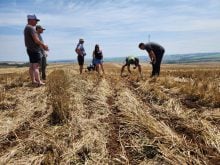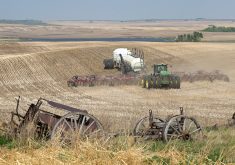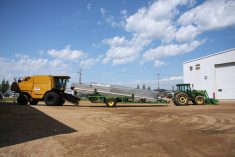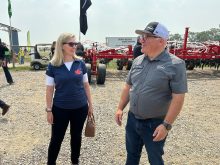Grain farmers often have to sort through a lot of products that claim to increase yields and make life easier.
Many actually work, but how can farmers know which are right for them?
When it comes to trying enhanced efficiency fertilizers, Cynthia Grant, a soil fertility expert with Agriculture Canada, said it depends on whether the nitrogen fertilizer is applied early or late in the fall. As well, it depends on whether the soil is saturated.
“If you have dry conditions, there’s not much that happens with a fertilizer. But if you have wet conditions, those (nitrogen) losses can occur and they can be significant,” said Grant, who works at Agriculture Canada’s Brandon Research Centre.
Read Also
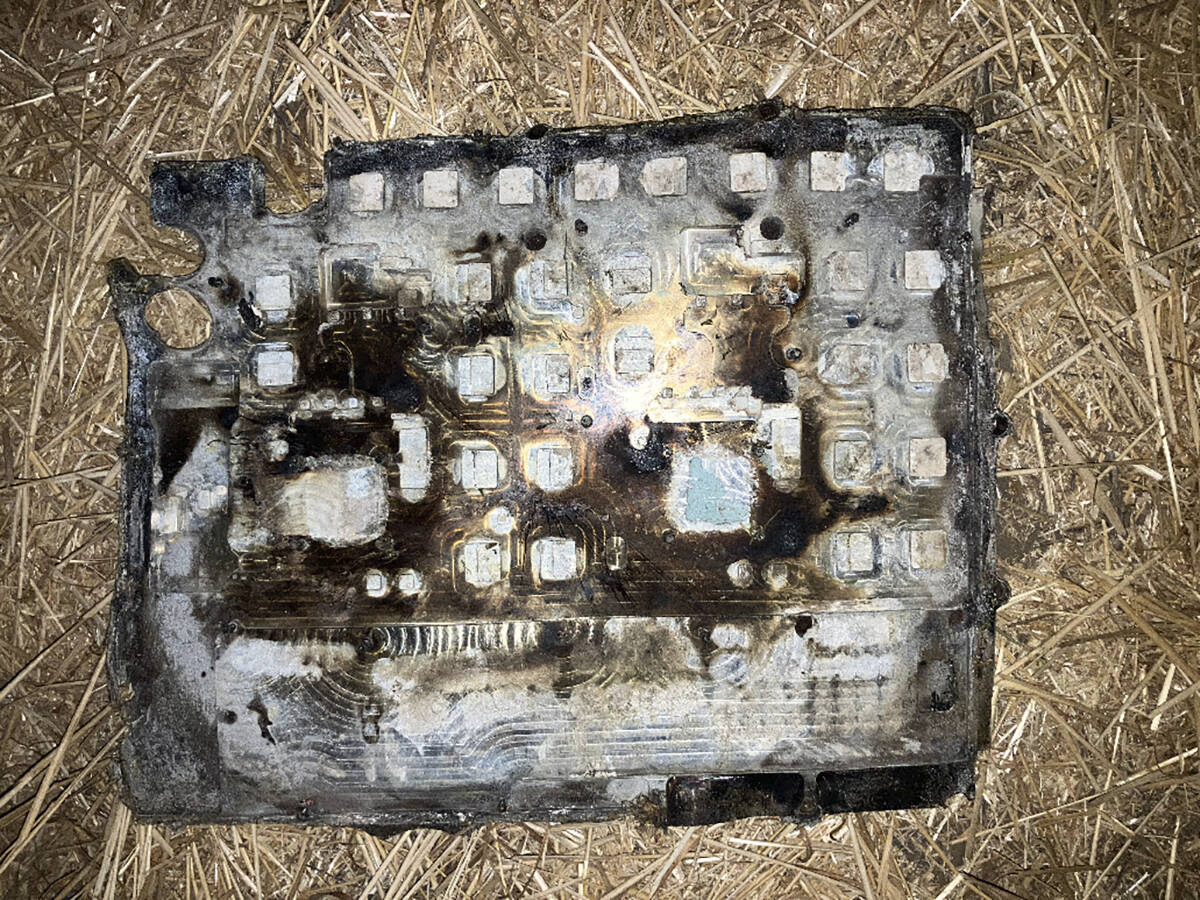
Farmers asked to keep an eye out for space junk
Farmers and landowners east of Saskatoon are asked to watch for possible debris in their fields after the re-entry of a satellite in late September.
Nitrogen fertilizers are lost in soil in four major ways: volatization, immobilization, leaching and denitrification.
Enhanced efficiency products, such as urease inhibitors, nitrification inhibitors and polymer coated products, can slow the rate of those losses, especially in warm, wet soils.
“The wetter the soils, the more likelihood you have of converting that ammonium source to nitrate (NO3) ….”
Grant said nitrate can be lost through denitrification and leaching in places that have been anaerobic (without oxygen) for two to four days when it’s warm.
Denitrification occurs when soils are wet and warm. Microorganisms need oxygen but in damp soils the pores are filled with water, leaving minimal room for oxygen. In their search for oxygen, microorganisms will use the oxygen in nitrate and covert that compound into nitrogen and nitrous oxide. Those gases are subsequently lost into the atmosphere.
“This is all driven by the microorganisms. As it gets colder and colder, they get less and less active,” said Grant, adding that timing of fall applications is important when considering an enhanced efficiency fertilizer.
Generally, Grant said regular nitrogen fertilizer will not suffer significant losses if applied later in the fall.
“We recommend currently that if you’re going to use a fall band, that the fertilizer be delayed until after the soil is cold.”
But if a producer is putting nitrogen in the soil early in the fall to grow winter wheat, for instance, using an enhanced efficiency product is a good idea, she said.
“With winter wheat, it’s sort of a double whammy. If you are seeding the winter wheat at the time when it should be seeded, which is (in mid-September) or earlier, the fertilizer is going to be sitting in the ground for a long period of time when it’s still relatively warm. And the longer the fertilizer is in the ground, the more potential there is for losses,” Grant said.
“The other whammy with the winter wheat is if you put too much fertilizer with the seed, you can damage the seed. So that’s where the (enhanced) products come in. They protect it from loss and they protect the seed from being damaged.”
Enhanced efficiency products also enable producers to increase the nitrogen available to the plant, without damaging the seed or having to invest in new equipment, she said.
“Maybe they’re on the border of what’s safe with seed placed urea and they can increase that enough to optimize their crop yield without having to change seeders, go to some of the more expensive seeding technology or run a second operation.”
Overall, she said, enhanced products give producers more options and more flexibility.
Alan Blaylock, a senior agronomist with Agrium in Colorado, said more farmers are taking note of enhanced products.
“Definitely demand is up. Growers continually ask about these products,” said Blaylock, adding that the spike in fertilizer prices last fall generated more interest.
As well, a national program from the Natural Resources Conservation Service, a division of the United States Department of Agriculture, should boost demand further in the United States, he said.
The Conservation Stewardship Program pays producers for adopting a wide range of beneficial management practices. American grain farmers who use slow release nitrogen products can receive $12 to $22 US per acre of cropland, according to an Agrium release.
Agrium announced this spring that it plans to build a factory in Missouri to produce polymer-coated fertilizers.
Ray Dowbenko, an agronomist with Agrium in Calgary, said he doesn’t believe there is an equivalent environmental program in Canada, where producers would be directly compensated for using enhanced fertilizers.
The focus in Alberta, he said, is on a nitrous oxide reduction program, where producers could be paid offsets for reducing greenhouse gas emissions. Governments in Manitoba and Saskatchewan have their own environmental farm plans and financial incentives, but the plans are not as definite as the U.S. model, Dowbenko added.





